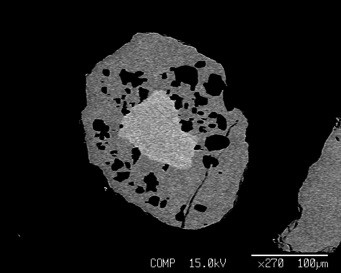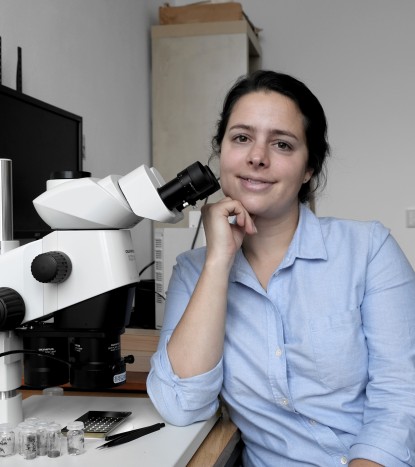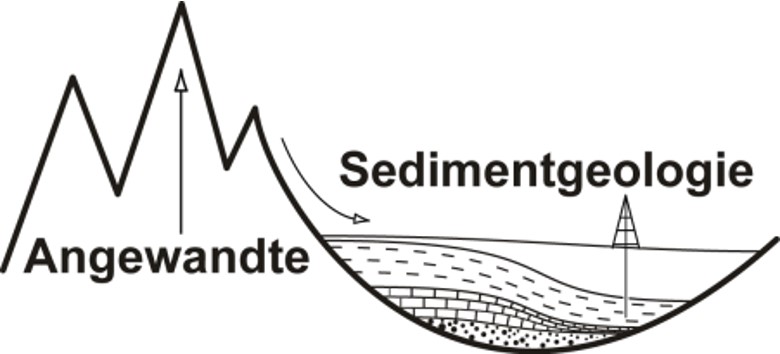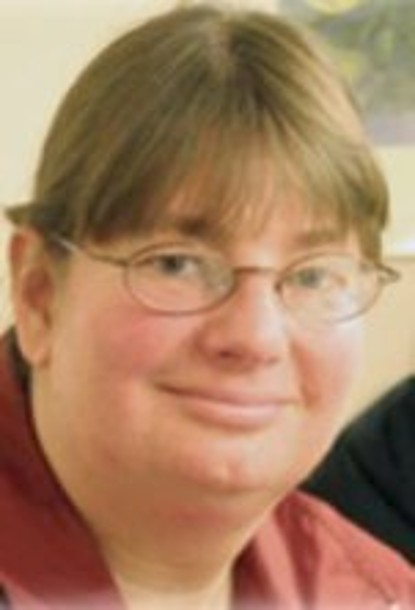
Applicant: Dr. Laura Stutenbecker
Funding: IAS post-doctoral research grant
Persons in charge: Dr. Laura Stutenbecker, Dr. Peter Tollan (University Bern)
Duration: 2018 – 2019
Summary
The Swiss foreland basin is one of the most important sedimentary archives storing information on the evolution of the Alpine orogen. Sediments supplied to this basin between ca. 31 and 13 Ma ago witnessed the last pulses of mountain building, the reorganization of the drainage system, as well as large-scale geodynamic and climatic changes. Many of these processes have left their traces in the foreland basin by changing the provenance of its sediments. Accordingly, the sediments of the Swiss foreland basin have been investigated intensely: Using petrographical, mineralogical and geochemical methods, compositional changes in the foreland have been identified and linked to the exhumation and erosion of various litho-tectonic units in the hinterland. However, the temporal and spatial variability of sediment sources in the Miocene sediments (ca. 25-14 Ma) is still not fully understood due to contradicting or ambiguous results from the provenance proxies used so far.
One promising proxy to solve these ambiguities is detrital garnet geochemistry. The garnet group comprises a wide range of solid solutions between the most common garnet species grossular (Ca-rich), spessartine (Mn-rich), almandine (Fe-rich), pyrope (Mg-rich) and other, less common endmembers. The exact chemical composition depends on the chemistry of the rock in which the garnets grew as well as pressure and temperature conditions during their formation. This chemical variability makes garnet an excellent candidate to differentiate a range of metamorphic source rocks. However, frequent chemical zoning and overlapping major element oxide compositions usually complicate provenance interpretations. In this study detrital garnets extracted from the Miocene foreland basin sediments are compared to garnet compositions of various source rocks exposed in the Central Alps today. In addition to the regional implications, this project intends to further develop the use of garnet geochemistry in provenance studies, especially through the use of trace element geochemistry (e.g. Zr, Na, REE) as an additional proxy.




